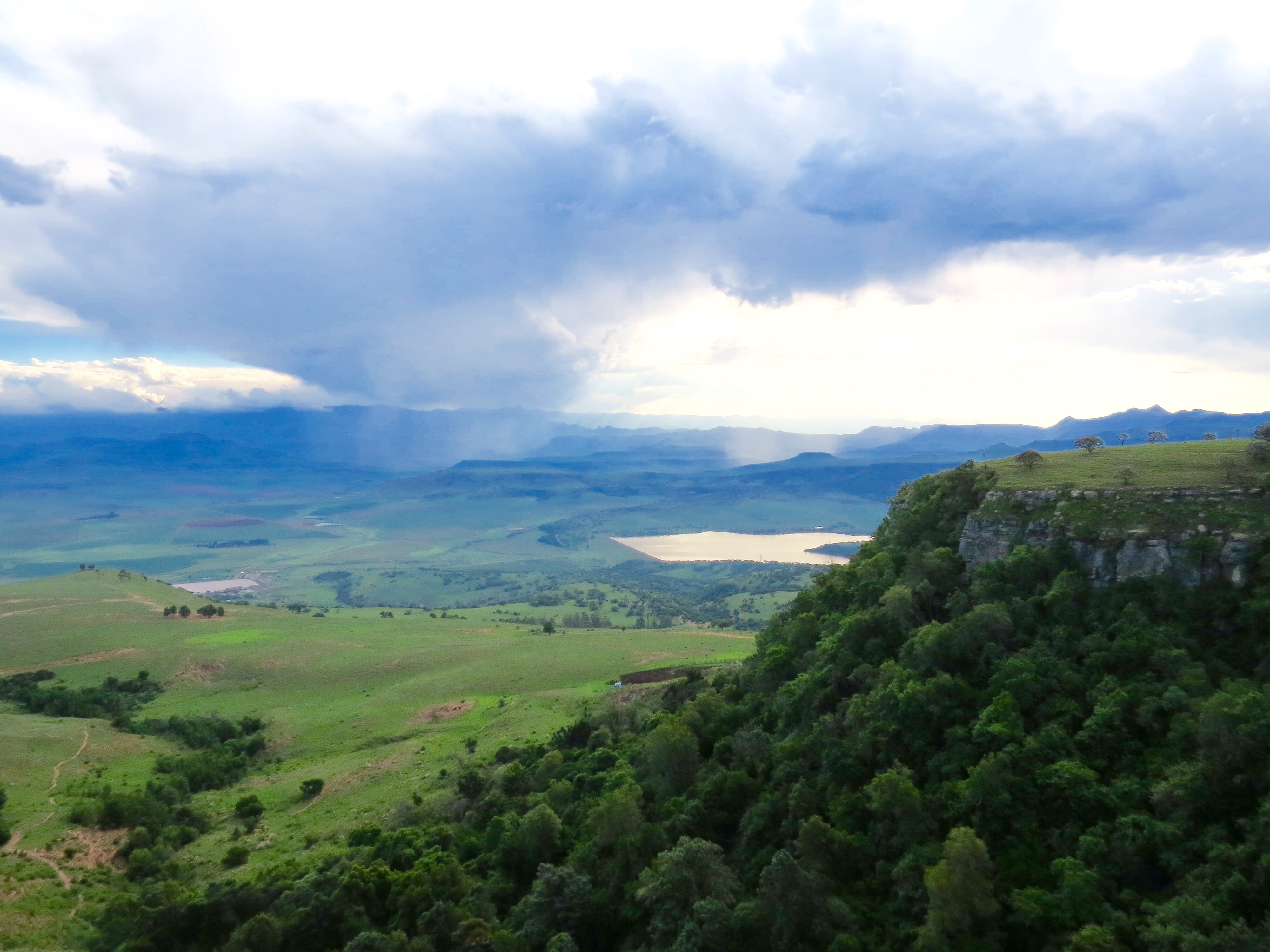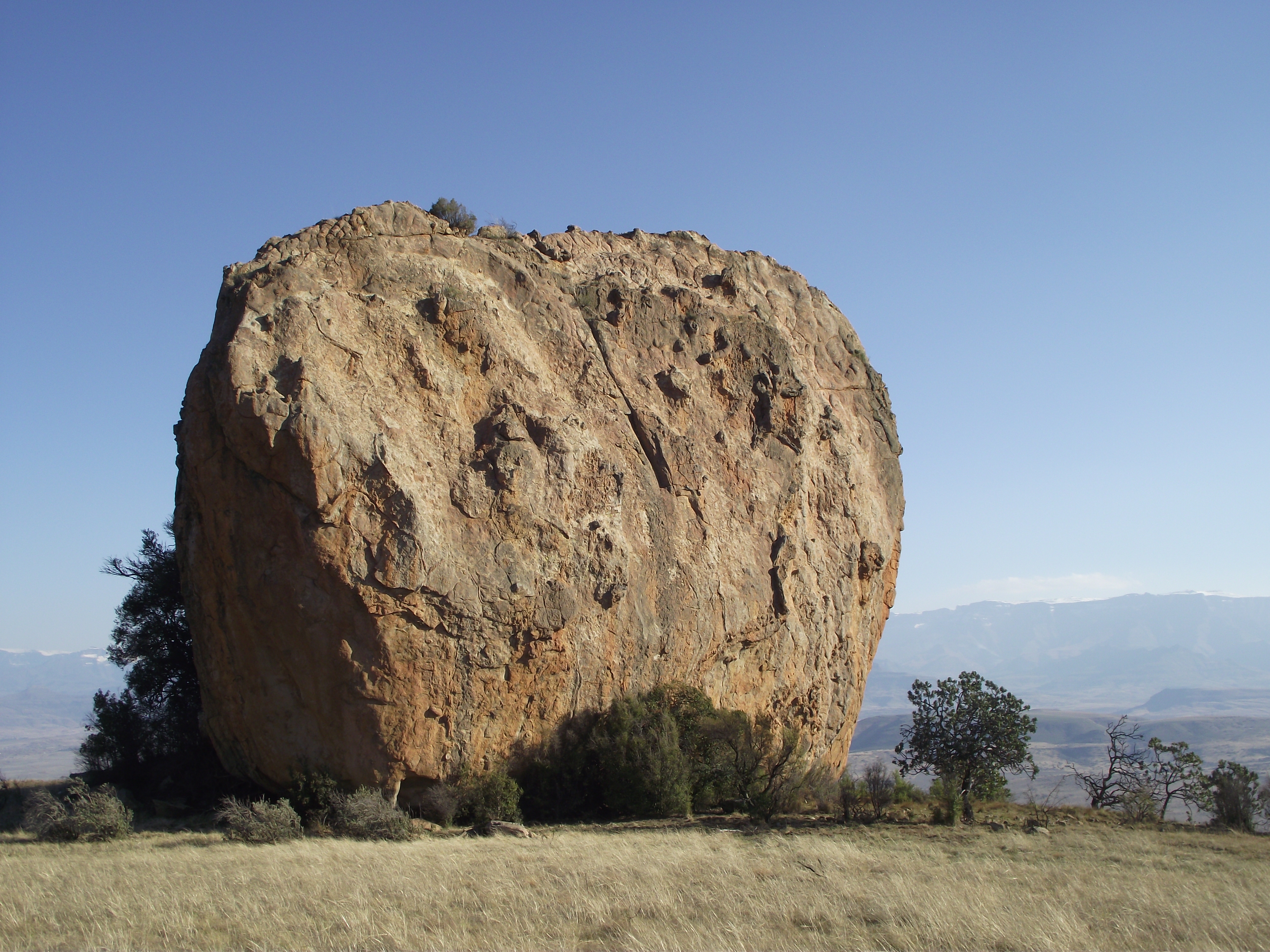Top 5 Tips On How To Be Properly Prepared For Hiking During Winter
A winter hike in the Drakensberg, how incredible does that sound? Exploring the picturesque scenery of the mountains in the cool atmosphere of the winter air, taking in all the sights, sounds and smells that the change in weather brings about potential animal encounters and sightings, sounds like the perfect winter activity to us. Generally, people tend to shy away from hiking during winter due to the drop in temperatures but this does not mean that you need to send your hiking boots into hibernation, in fact, hiking in winter can be a fun experience for the whole family.
While hiking in winter can be breathtakingly beautiful there is also a lot of planning and preparation that should go into it beforehand to ensure that you are not only properly prepared but appropriately equipped as well, as you can never be too sure what you may encounter or what mother nature may decide to do/throw at you throughout the duration of the hike.
With all of this in mind and winter temperatures already dropping we thought we would share a few tips and tricks for your winter hike.
 Dress in layers or like an onion as some would say.
Dress in layers or like an onion as some would say.
This is one of the most essential tips to consider when hiking in winter as temperatures can change quite drastically in a short space of time. Being dressed in layers and having a variety of insulating clothing will help your body to regulate your temperature throughout the day/night. Some handy clothing tips: try wearing two layers of gloves – one for warmth and the other for waterproofing – and wear thick socks as your toes and feet are generally the first place you will feel the cold.
Check the weather. Although this might seem like the obvious thing to do, it is important to get a well-rounded idea of the weather and conditions for your hike and not simply just the temperature. All aspects of the weather are important in this kind of situation so be sure to pay attention to things like precipitation, humidity levels (just as a precaution), wind speed, daylight hours, visibility (possibility of misty or foggy conditions) and if the temperatures are going to drop to extreme lows; the snow forecast or possibility of snowfall in the area.
Bring a survival kit. One of the best pieces of advice we advise you to take, is the preparation and inclusion of a survival kit for your hike. Even the most basic survival kit can make the world of difference in potentially difficult situations.

Things to consider including would be the following:
- Items that will assist in starting an emergency fire (water proof matches or a lighter and even a small amount of tinder)
- Something that will assist should you need to signal for help (A flare or a mirror that can be used to reflect light as a signal to anyone in the area)
- A whistle
- High energy foods and snacks
- Extra water
- Knife
Take an experienced friend along. Hiking on your own is not something that is always advised, we suggest taking a group of friends along or at least one friend who is considered experienced when it comes to hiking in the area you plan to hike. In doing so, your experienced hiking buddy can help you to choose the right gear in preparation for your hike as well as assist with identifying potentially dangerous situations. With that in mind, we would also recommend providing one friend at home a detailed breakdown of where you will start your hike, where you plan to end it and the route you are going to take so that should anything go wrong, they can provide emergency services with vital information should the need arise (This also then means that you will need to map out your route and all the important details of your hike such as the start and finish points, the route you are going to take as well as any planned stops you are going to make – this goes hand in hand with knowing your route.)
Invest in good hiking gear. We have identified some basic hiking items that every winter hiker should ensure they have:
- Waterproof pants, boots and jackets (Sturdy and insulated shoes will keep your feet warm and make hiking the terrain easier.)
- An insulated jacket
- A Lightweight backpack
- Hiking pole
- A Hat
- Gloves (These ensure proper circulation in your hands and fingers)
- Goggles or sunglasses with a strap
- Headlamp
The above-mentioned tips are a few of the most important things to remember when planning and preparing for a hike during winter. It is better to be over-prepared than under-prepared in this instance. But, with all of this in mind, these are not the only things you need to consider when planning and preparing for a hike so be sure to do a bit of your own research beforehand on hiking as well as on the area itself so that you get accustomed to what you may need to do or to expect.
We hope to see you in the mountains soon!

Share This Post